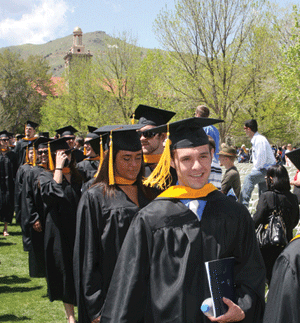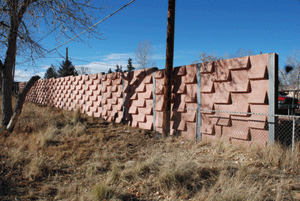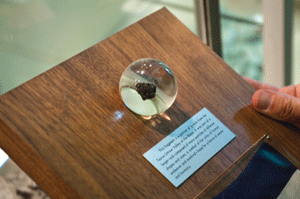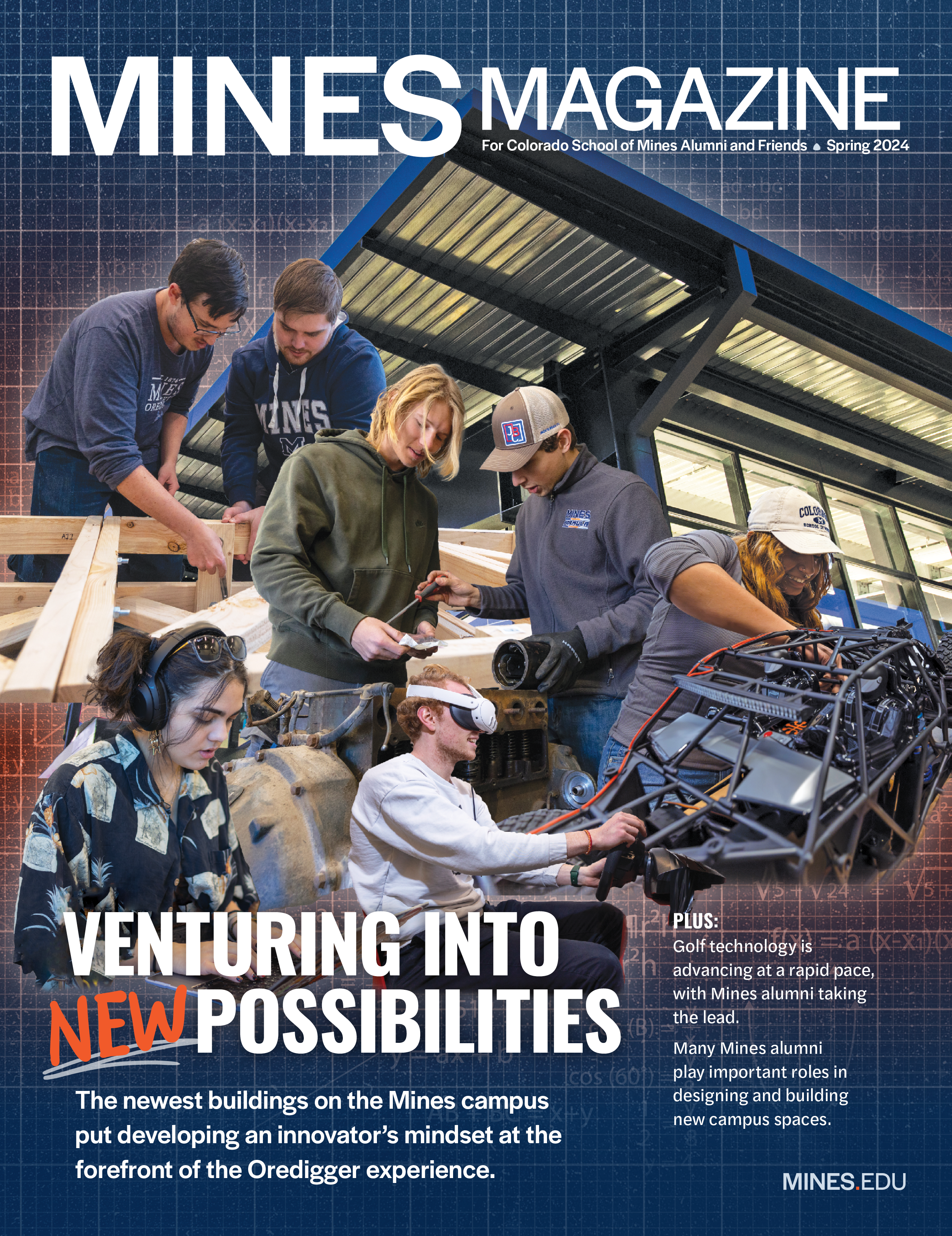Experimenting in Microgravity
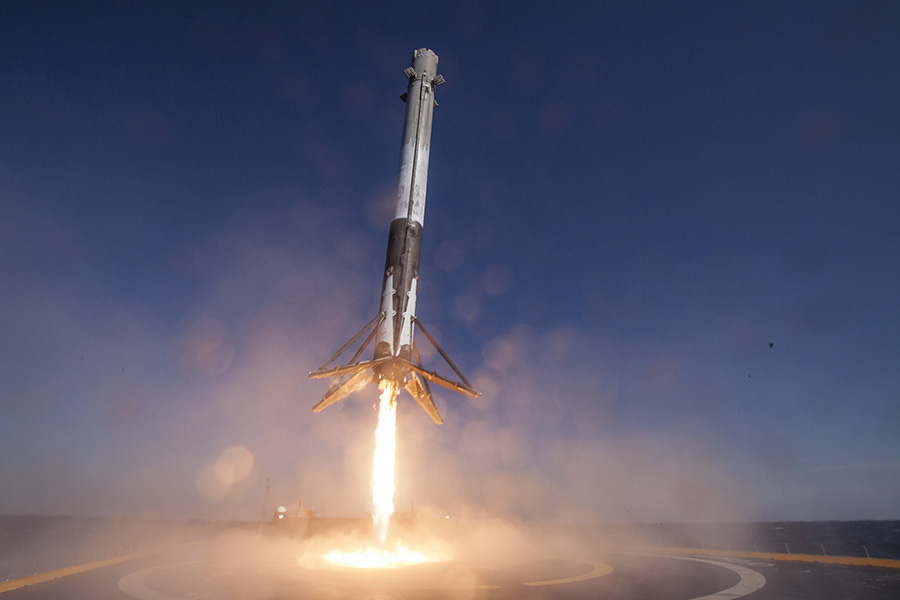
Research by Mines faculty on the behavior of chains of colloidal molecules headed to the International Space Station on a SpaceX flight on December 4, 2017.
Professor David Marr and Associate Professor Ning Wu, both of the Department of Chemical and Biological Engineering, have been researching colloidal molecules for medical and other applications for several years. Now, they have the opportunity to learn how chains of these beads just several microns wide behave in microgravity.
“We’re trying to understand the basic dynamics of these chains,” Marr said. On Earth, “they’re kind of heavy—they sink very quickly, which makes them very hard to study. In microgravity, they’re freer to do what they do, and we can observe that.”
Mines’ experiment is one of three—all colloidal in nature—to be delivered to the International Space Station by SpaceX CRS-13. The samples will likely sit for a couple of months. After some simulations and plenty of video communication with scientists,
the astronauts on board will conduct the experiments and observe them using microscopes already on the ISS.
After establishing a baseline for their behavior, Marr and Wu hope to conduct experiments with electric and magnetic fields in microgravity as well, although equipment for that could take years to bring up.
Previously, Marr and a team of researchers developed a method for creating “microbots” that could be used to treat blood clots in humans. The tiny particles would be injected into the bloodstream and assembled into a wheel using a magnetic field which also directs the wheel to the site of the clot and spins it to break up the blockage.
Marr, Wu and other researchers are exploring using a similar technique to create “microlassos” that can pick up and transport medication and other substances throughout the body. Wu is also conducting research into assembling nanoparticles using electric, as opposed to magnetic, fields.

